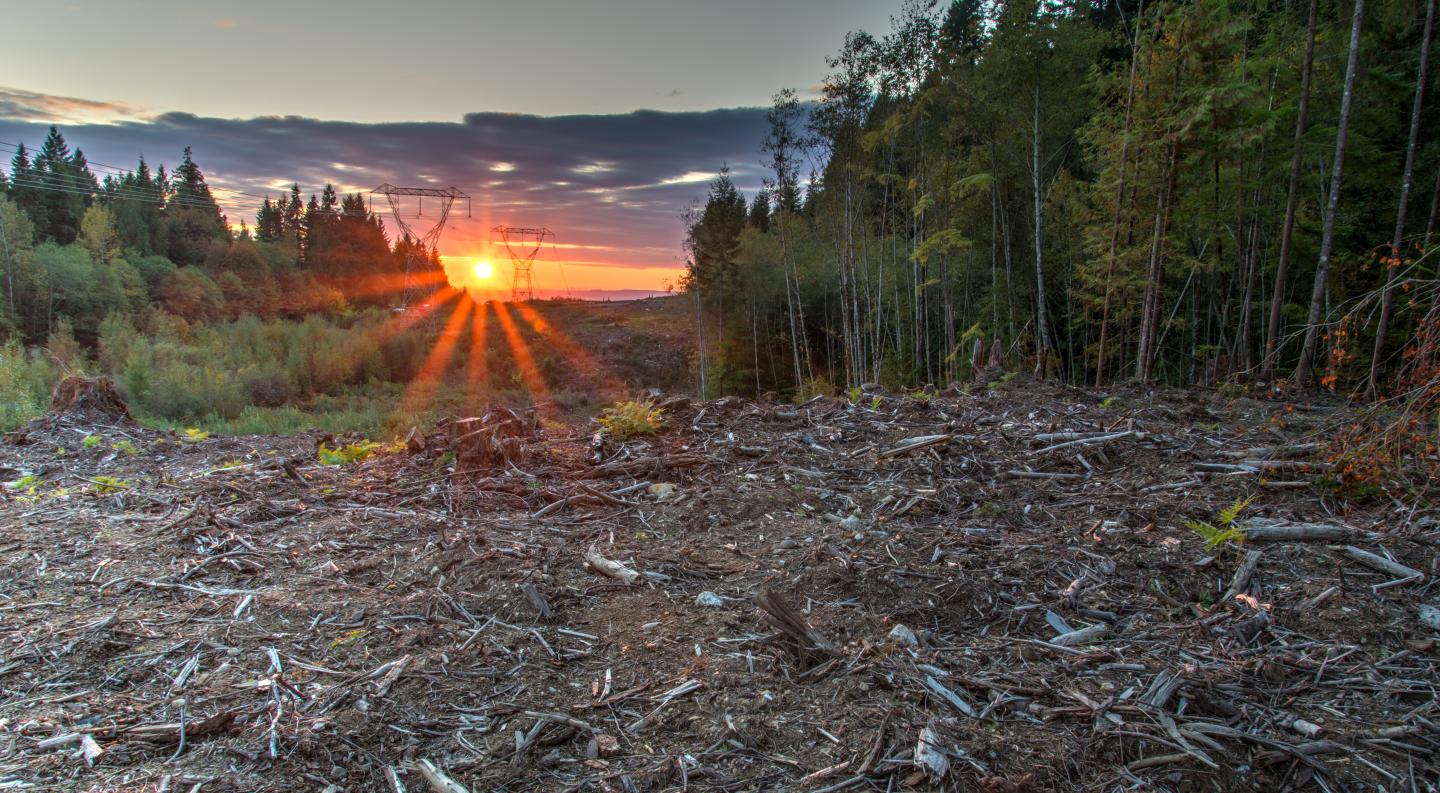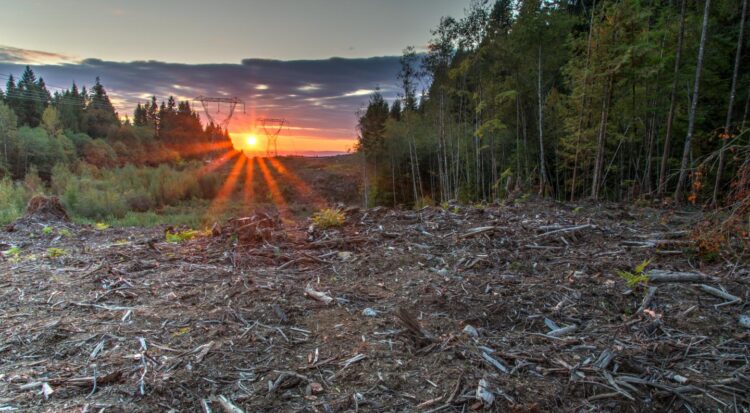
Credit: James Wheeler
Ongoing land clearing for agriculture, mining and urbanisation is isolating and disconnecting Earth’s protected natural areas from each other, a new study shows.
Lead author Michelle Ward, from The University of Queensland’s School of Earth and Environmental Sciences, said the findings were “alarming”.
“Protected areas are vital for the protection and survival of plants, animals and ecosystems,” Ms Ward said.
“When intact, healthy habitat connects these protected areas, species can migrate, escape danger such as fires, and track their preferred microclimates under rapid climate change.
“Our research shows 40 per cent of the terrestrial planet is intact, but only 9.7 per cent of Earth’s terrestrial protected network can be considered structurally connected.
“This means more than 90 per cent of protected areas are isolated, in a sea of human activities.”
The study shows that, on average, 11 per cent of each country and territory’s protected area estate can be considered connected.
Under international agreements, the global protected area network must be well connected and cover 17 per cent of land.
The study revealed, however, that only nine countries and territories – 4.6 per cent of them – have greater than 17 per cent of their land protected, and maintain greater than 50 per cent connectivity.
“On a positive note, our study provides a common framework – previously absent – for countries and territories to assess the connectivity performance of their existing and future protected areas, with access to information and metrics,” Ms Ward said.
Professor James Watson of UQ and the Wildlife Conservation Society said the research highlighted the importance of better locating future protected areas and the need for more emphasis on wide-scale habitat protection and restoration.
“Protected areas increasingly are becoming the only tool conservationists talk about, but most nature lives beyond the protected area boundary,” Professor Watson said.
“We need national and global conservation goals that address whole-of-landscape conservation and targets that halt the destruction of habitat between protected areas.
“Most of nature has no chance if it’s to survive in just 20 per cent of the world.
“We hope this study provides essential information for conservation and development planning, helping guide future national and global conservation agendas.”
###
The research has been published in Nature Communications (DOI: 10.1038/s41467-020-18457-x).
Media Contact
Michelle Ward
[email protected]
Related Journal Article
http://dx.





